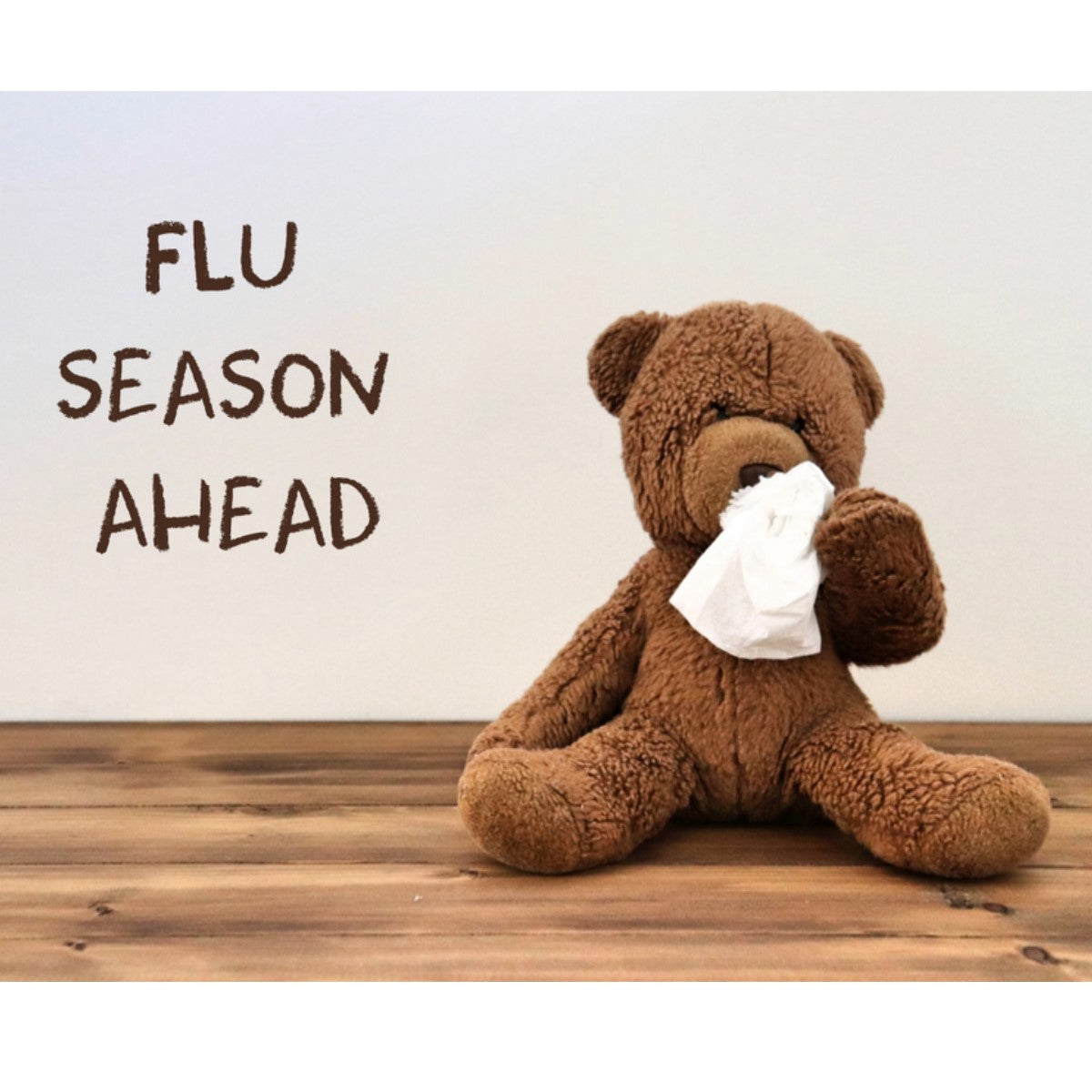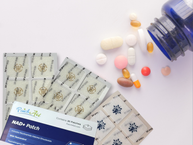It still feels like summer in many parts of the country, but flu season is coming. Cases tend to rise in October in many parts of the US, and cases in the US are highest in December, January, February, and March. If you catch the flu, you can have an illness that can be anything from inconvenient to very serious. Here’s how you can best prepare for flu season to protect yourself and your family.
Wash Your Hands
Many of the ways to prevent flu are precautions that have been known to infectious disease experts for decades. Since the COVID-19 pandemic, we’re pretty familiar with them by now! For example, you can wash your hands. That way, you can prevent transferring it from dirty hands to your eyes or mouth.
Wear a Mask
Flu is a respiratory virus that can spread via coughs and sneezes. If that sounds familiar, it may be because that’s how colds spread, and that’s how the coronavirus spreads. Masks can help lower the risk of transmission of COVID-19, but they can also help prevent the spread of the influenza virus that causes the flu.
Masks weren’t common before COVID-19, but they may be a newfound blessing that resulted from the pandemic. Hospitalizations from the flu have been way down since the COVID-19 pandemic started. Could it be due to people wearing masks?
Get Your Flu Shot
The Centers for Disease Control and Prevention (CDC) says most people aged 6 months and older should get an annual flu shot. It doesn’t just reduce your chances of getting the flu. The flu shot can also help with these.
- Reduce the chance of becoming hospitalized if you get the flu.
- Reduce the risk of needing to go into the ICU if you are hospitalized with the flu.
- Reduce the risk of dying if you get the flu.
Many health insurance providers cover the flu vaccine. It’s often widely available in clinics and local pharmacies. Often, you can choose between making an appointment or walking in without one.
Eat Well
Good nutrition can help boost your immune system to lower the risk of getting infected. You can help yourself out by choosing foods that are high in antioxidants and other nutrients. Fruits and vegetables, whole grains, and omega-3 fats, such as from walnuts and fish, are examples. At the same time, limiting intake of fried foods, processed foods, and sugary foods can also help.
Have a Healthy Lifestyle
You can also support your overall health and immune system by taking everyday steps to be kind to your body. For example, being physically active regularly can help strengthen your immune system. Walking briskly or anything else that gets your heart pumping can be a good choice.
It’s also good to get enough sleep. Restful sleep can restore your body and boost your body’s ability to fight infections. Scientists and sleep experts don’t know all of the details of how sleep works, but they do know that it’s critical for staying healthy. Most adults need 7 to 9 hours each night, and it’s best to get a consistent amount, with a consistent bedtime and waking time, each day.
Be Prepared
There are steps you can take to be prepared in case you do get the flu. First, know the symptoms so you can recognize whether you’re likely to have the flu. These are some common symptoms.
- Fever
- Couch
- Body aches or headache
- Sore throat
- Runny nose
- Fatigue
The CDC says to stay home until your fever has been gone for at least 24 hours. That means you might want to stock up your pantry and medicine cabinet in case you can’t go shopping for a few days.
Another consideration is to know whom to contact if you get sick. Do you have the phone number of your healthcare provider handy? Do you know how to get a same-day appointment if you need one? You don’t want to be scrambling to find these things out once you’re sick with the flu and feeling bad.
You might also want to have a plan for child care, if applicable, in case you normally take care of children and are unable to while you’re sick.
Use the Immune Defense Plus Vitamin Patch
The Immune Defense Plus Vitamin Patch by PatchAid is packed with essential vitamins and minerals, as well as other natural compounds, that can help strengthen your body’s immune system.*
These are some of the essential vitamins and minerals in the Immune Defense Plus Vitamin Patch by PatchAid.
- Magnesium
- Zinc
- Vitamin A
- Vitamin B6
- Vitamin C
- Vitamin E
The Immune Defense Plus Vitamin Patch by PatchAid also includes these herbal ingredients.
- Green tea leaf
- Red algae extract
- Elderberry
- Oregano oil
It’s easy to use the Immune Defense Plus Vitamin Patch by PatchAid. Clean an area of skin that’s smooth and doesn’t have hair on it. Then peel off the back of the patch and stick the patch onto your dry skin. Leave it on for up to 8 hours, and then remove and discard the patch.
This year, don’t let the flu interfere with your plans. Instead, plan ahead and prepare as best you can for flu season. Wash your hands and wear a mask to reduce your chances of getting sick, get vaccinated to minimize the impact of flu on your life, and eat well to strengthen your body’s immune system. The Immune Defense Plus Vitamin Patch by PatchAid is another option for preparing for flu season.* Ask your healthcare provider if it might be right for you.
*The Food and Drug Administration has not evaluated these statements. PatchAid patches are not intended to diagnose, treat, cure or prevent any disease. Anyone with a medical condition should seek the advice of a licensed medical practitioner. Individual results may vary.







